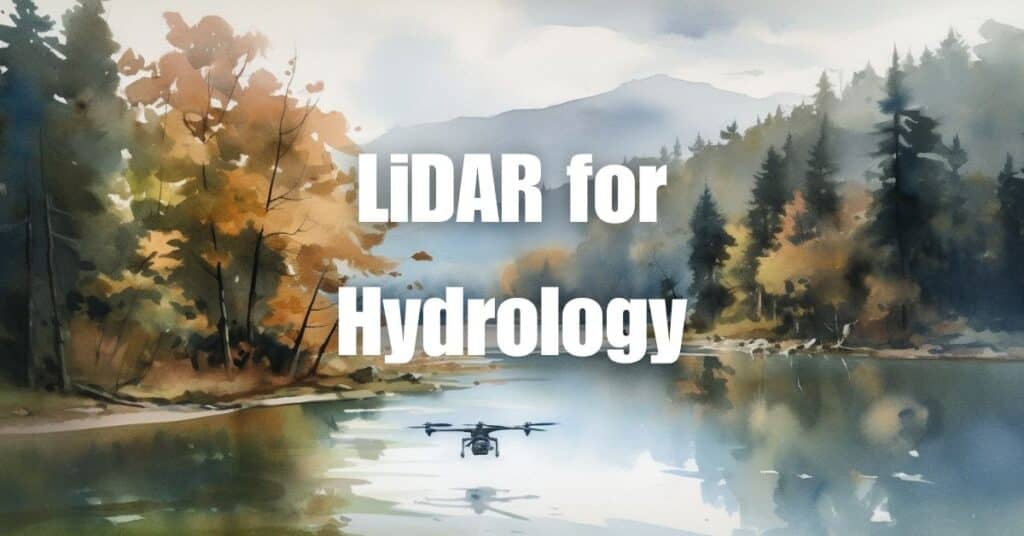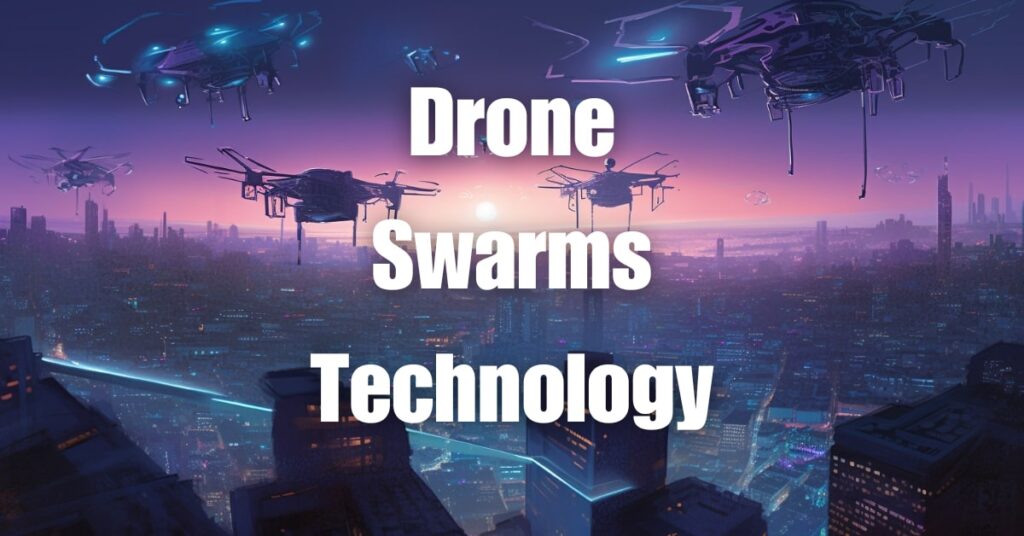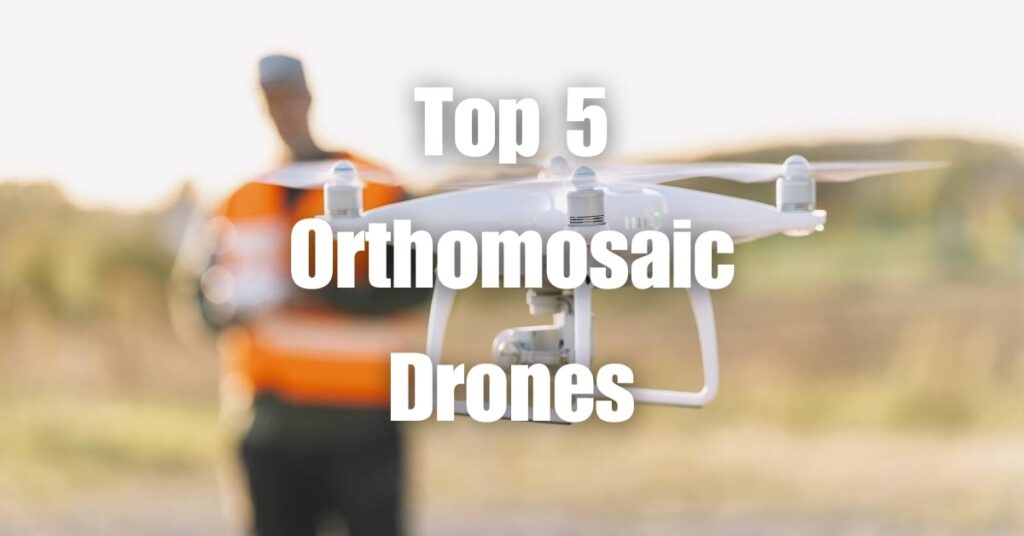In recent years, LiDAR technology has transformed the way we approach hydrology studies. Its advanced data collection methods have made it possible to gain insights into critical water resources, leading to more informed decision-making processes. In this article, we explore the applications and techniques of using LiDAR for hydrology to revolutionize the field and ensure accurate data collection. We’ll delve into the benefits of LiDAR, its diverse applications in hydrology, its accuracy and limitations, and the best practices for data collection and analysis. We will also discuss how LiDAR can improve water resource management and its potential role in predicting flash floods.
What is LiDAR?
LiDAR, which stands for Light Detection and Ranging, is a remote sensing technology that uses laser light to measure distances and create detailed, high-resolution maps. A LiDAR system typically consists of a laser, a scanner, a specialized GPS receiver, and an inertial navigation system. The laser emits light pulses, which bounce off objects on the ground and return to the sensor. By calculating the time it takes for the light to travel back and forth, the system can determine the distance to the object.
LiDAR technology has a wide range of applications across various industries, including agriculture, forestry, mining, and urban planning. In hydrology, LiDAR has become an essential tool for collecting accurate, high-resolution data to support water resource management and decision-making processes.
Why LiDAR for Hydrology?
Benefits of Using LiDAR for Hydrology
LiDAR offers several advantages when used for hydrological studies, including:
- High resolution and accuracy: LiDAR systems can collect data with high spatial resolution, allowing for detailed terrain analysis and more accurate hydrological modeling.
- Rapid data collection: LiDAR can quickly cover large areas, making it suitable for large-scale hydrological studies and time-sensitive projects, such as flood monitoring.
- Ability to penetrate vegetation: Unlike traditional photogrammetry, LiDAR can penetrate tree canopies and vegetation, providing accurate ground elevation data in forested areas, which is essential for hydrological studies.
- Data consistency: LiDAR data is consistent and can be easily integrated with other geospatial datasets, such as satellite imagery and aerial photography, improving the overall quality of hydrological analyses.
LiDAR Accuracy and Limitations
While LiDAR is an effective tool for hydrology, it is essential to consider its limitations. The accuracy of LiDAR data depends on factors such as the system’s specifications, flight altitude, and environmental conditions. In general, LiDAR can provide elevation data with a vertical accuracy of about 10-15 centimeters and horizontal accuracy of about 1 meter.
However, LiDAR data may be less accurate in areas with dense vegetation or steep terrain, where the laser pulses may not reach the ground or may be reflected multiple times before returning to the sensor. Additionally, LiDAR data can be affected by atmospheric conditions, such as fog, rain, or dust, which can scatter the laser light and reduce the system’s performance.
Despite these limitations, LiDAR remains a valuable tool for hydrological studies due to its ability to provide high-resolution, accurate data that can be used to model complex hydrological processes and inform decision-making processes.
Applications of LiDAR in Hydrology
LiDAR technology has a wide range of applications in hydrology, offering valuable insights and data to support decision-making processes in water resource management. Some of the key applications of LiDAR for hydrology include:
Floodplain Mapping
Accurate floodplain mapping is essential for understanding flood risks, developing effective mitigation strategies, and informing land-use planning. LiDAR can provide high-resolution elevation data, enabling the creation of detailed floodplain maps that can help identify areas prone to flooding and guide infrastructure development.
River Channel Morphology
LiDAR can be used to study river channel morphology, including changes in channel width, depth, and sinuosity. This information is crucial for understanding sediment transport, erosion, and deposition processes, as well as assessing the potential impacts of human activities, such as dam construction, on river systems.
Watershed Management
Watershed management involves the integrated planning and management of water resources within a specific drainage basin. LiDAR data can be used to delineate watershed boundaries, identify areas of high erosion potential, and model surface runoff. This information can inform the development of effective watershed management plans to protect water quality and maintain ecosystem health.
Wetland Identification
Wetlands play a critical role in water purification, flood control, and habitat provision. LiDAR data can help identify and delineate wetland areas, even in regions with dense vegetation, enabling the monitoring and protection of these valuable ecosystems.
Flood Modeling
LiDAR data can be used to create detailed digital elevation models (DEMs) that serve as the basis for flood modeling. Accurate flood modeling is essential for predicting flood extents and depths, informing emergency response plans, and developing effective flood mitigation measures.
Terrain Analysis
Terrain analysis is a fundamental aspect of hydrological studies, as it influences surface and subsurface water flow. LiDAR data can be used to generate accurate DEMs, which can be employed in terrain analysis to study the relationship between topography and hydrological processes.
Streamflow Modeling
Streamflow modeling is essential for understanding water availability and predicting changes in streamflow due to natural processes or human activities. LiDAR data can provide the necessary topographic information to support the development of accurate streamflow models, which can be used to inform water resource management decisions.
Flash Flood Prediction
Flash floods are sudden, localized floods that can have devastating consequences. LiDAR data can help identify areas prone to flash flooding and inform the development of early warning systems to protect lives and property. By providing accurate elevation data, LiDAR can help model the flow of water during flash flood events and guide the implementation of effective flood mitigation measures.
LiDAR Techniques and Best Practices for Hydrology
There are several LiDAR techniques and best practices for hydrology that can help maximize the accuracy and usefulness of the data collected. These include:
Airborne LiDAR
Airborne LiDAR, also known as aerial LiDAR, is mounted on an aircraft and used to collect data from large areas quickly. This method is particularly useful for hydrological applications that require extensive coverage, such as watershed management or floodplain mapping. To ensure high-quality data, it is crucial to select the appropriate flight altitude, flight speed, and laser pulse rate, as these factors can influence the resolution and accuracy of the data collected.
Ground-based LiDAR
Ground-based LiDAR, also known as terrestrial LiDAR, is mounted on a tripod or other stationary platform and used to collect data from smaller, targeted areas. This method can provide higher resolution data than airborne LiDAR and is well-suited for applications that require detailed information, such as river channel morphology or wetland identification. When using ground-based LiDAR, it is essential to ensure proper sensor calibration and positioning to maximize data accuracy.
Data Processing and Analysis
After data collection, LiDAR data must be processed and analyzed to derive meaningful insights for hydrological applications. This process typically involves filtering the raw point cloud data to remove noise, classifying points into ground and non-ground categories, and generating a digital elevation model (DEM) for further analysis. To ensure the best results, it is crucial to select appropriate processing algorithms and validate the quality of the generated DEM using ground-truth measurements or other independent data sources.
Case Studies: Successful LiDAR Applications in Hydrology
The following case studies highlight the successful use of LiDAR technology in various hydrological applications, demonstrating its potential to revolutionize the field:
- Floodplain Mapping: In the United States, the Federal Emergency Management Agency (FEMA) has used LiDAR data to update and improve the accuracy of floodplain maps, helping communities better understand their flood risks and implement effective mitigation measures.
- River Channel Restoration: A study in the United Kingdom used LiDAR data to assess the impacts of river channel restoration projects on channel morphology and flood risk, providing valuable insights for future restoration efforts.
- Wetland Delineation: Researchers in Canada used LiDAR data to successfully identify and delineate wetland areas in a forested region, demonstrating the potential of LiDAR technology to support wetland conservation efforts.
- Flash Flood Prediction: A project in Italy used LiDAR data to develop a high-resolution DEM and simulate flash flood events in a small urban catchment, helping to inform the design of effective flood mitigation measures.
LiDAR’s Impact on Hydrological Modeling and Water Resource Management
LiDAR technology has had a significant impact on hydrological modeling and water resource management by providing accurate, high-resolution data that allows for more detailed and realistic representations of hydrological processes. This improved modeling capability has several implications:
- Better flood risk assessment: LiDAR-derived DEMs can help improve the accuracy of flood risk assessments, leading to more effective flood mitigation measures and land-use planning decisions.
- Improved watershed management: High-resolution LiDAR data can inform the development of watershed management plans that account for complex terrain features and hydrological processes, ultimately leading to more sustainable water resource management.
- Enhanced habitat and ecosystem protection: LiDAR data can help identify and protect critical habitats, such as wetlands, by providing detailed information on their location and extent.
- Informed infrastructure development: By providing accurate information on flood risks and other hydrological factors, LiDAR data can guide the development of infrastructure projects, such as dams, bridges, and roads, ensuring that they are designed and built with minimal impacts on water resources and ecosystems.
- Increased resilience to climate change: Climate change is expected to exacerbate hydrological risks, such as flooding and drought. LiDAR data can support the development of adaptive water resource management strategies, helping communities become more resilient to these changing conditions.
- Enhanced emergency response and preparedness: Accurate flood modeling and early warning systems, informed by LiDAR data, can help save lives and reduce property damage during flood events.
Overall, LiDAR technology has the potential to revolutionize hydrology and water resource management by providing accurate, high-resolution data that can inform decision-making processes and lead to more sustainable outcomes. By embracing this powerful tool, researchers, practitioners, and policymakers can work together to protect and manage our precious water resources for generations to come.
Partner with Blue Falcon Aerial for Your Hydrology Projects
For hydrology projects requiring LiDAR technology and expertise, Blue Falcon Aerial is an ideal partner. With a wealth of experience and a deep understanding of the benefits and potential applications of LiDAR for hydrology, Blue Falcon Aerial can help ensure the success of your projects.
How Blue Falcon Aerial Can Help
Blue Falcon Aerial offers a range of LiDAR services tailored to your project’s specific needs. By partnering with Blue Falcon Aerial, you can benefit from:
- Expert knowledge: Blue Falcon Aerial’s team of skilled professionals has extensive experience with LiDAR technology and its applications in hydrology. They can provide valuable insights and recommendations to help you make the most of the data collected.
- State-of-the-art technology: Blue Falcon Aerial utilizes cutting-edge LiDAR systems and software tools, ensuring that your project benefits from the latest advances in the field.
- Customized solutions: Blue Falcon Aerial understands that each hydrology project is unique, and they work closely with clients to develop tailored LiDAR solutions that meet specific project requirements and objectives.
Deliverables Offered by Blue Falcon Aerial
Blue Falcon Aerial offers a variety of deliverables to suit the needs of your hydrology project, including:
- Digital elevation models (DEMs): High-resolution, accurate DEMs derived from LiDAR data, which can be used for terrain analysis, flood modeling, and watershed management.
- Floodplain maps: Detailed floodplain maps based on LiDAR data, helping you understand flood risks and inform land-use planning decisions.
- Wetland identification and delineation: Accurate identification and delineation of wetland areas, supporting wetland conservation and management efforts.
- River channel and watershed analysis: Comprehensive river channel and watershed analysis, providing insights into sediment transport, erosion, and deposition processes.
By partnering with Blue Falcon Aerial, you can be confident in the quality and accuracy of the LiDAR data collected for your hydrology project. To learn more about how Blue Falcon Aerial can support your hydrology projects, visit their deliverables page and contact them to discuss your project requirements.
In conclusion, LiDAR technology has significantly advanced hydrology research and applications by providing accurate, high-resolution data for various purposes, including floodplain mapping, river channel morphology, watershed management, wetland identification, flood modeling, terrain analysis, and more. By employing the right techniques and best practices, LiDAR can offer invaluable insights to drive informed decisions and improve water resources management. Despite its limitations, LiDAR’s impact on hydrological modeling and water resource management is undeniable.
If you’re interested in learning more about how LiDAR can help grow your drone business, we encourage you to read our comprehensive guide, “Soaring High: A Comprehensive Guide to Building and Growing Your Drone Business.” This resource will provide additional insights into the practical applications of LiDAR and other drone technologies.




